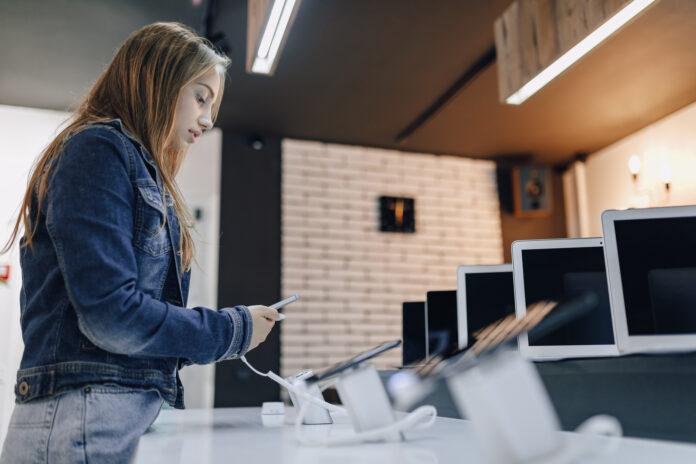
In recent years, there has been a noticeable shift in consumer buying patterns, with fewer smartphones being purchased online and a growing preference for FMCG (Fast-Moving Consumer Goods) items on e-commerce platforms. According to Counterpoint Research data, the share of e-commerce in total smartphone sales has declined from 48-49% in 2021 and 2022 to 45% in 2023. This shift indicates a preference among consumers to purchase smartphones from brick-and-mortar stores rather than online platforms. The restrictions on offline sales during the pandemic led to a surge in online smartphone purchases. However, as the restrictions eased, offline channels regained their share due to factors such as brand push, premiumization, and reduced disparity in offers and pricing compared to online channels.
Santosh Desai, Futurebrands Consulting’s managing director, noted a shift in consumer habits towards purchasing branded essentials through quick commerce apps. He highlighted a trend where discretionary spending across various categories, particularly apparel and electronics, has adjusted due to the surge of e-commerce during the Covid period.
The decline in online smartphone sales can be attributed to consumers’ desire for a tactile experience when purchasing apparel or electronics. Many consumers still prefer to touch and feel these products before making a purchase decision. Additionally, the trend of premiumization in apparel and electronics is drawing shoppers back to physical stores, where they can explore a wider range of options and receive personalised assistance from sales representatives.
While smartphone sales have declined, FMCG items have experienced a growth in e-commerce contribution. Companies like ITC, Emami, Marico, Parle Products, and Dabur have reported a 3-5% increase in e-commerce contribution in the last one to two years. The convenience and instant gratification provided by quick-commerce platforms have played a significant role in driving this growth. Consumers are increasingly turning to e-commerce for their daily necessities, as it offers a hassle-free shopping experience and quick delivery of essential items.
RTM Watch’s Take
The changing consumer trends in e-commerce reflect the evolving preferences and needs of shoppers. While smartphones continue to be a popular product category, the desire for a tactile experience and the premiumization trend have led to a decline in online sales. On the other hand, FMCG items have gained traction on e-commerce platforms due to the convenience and instant gratification they offer. As technology continues to advance and consumer behaviour evolves, it will be interesting to see how the e-commerce landscape further transforms.



































